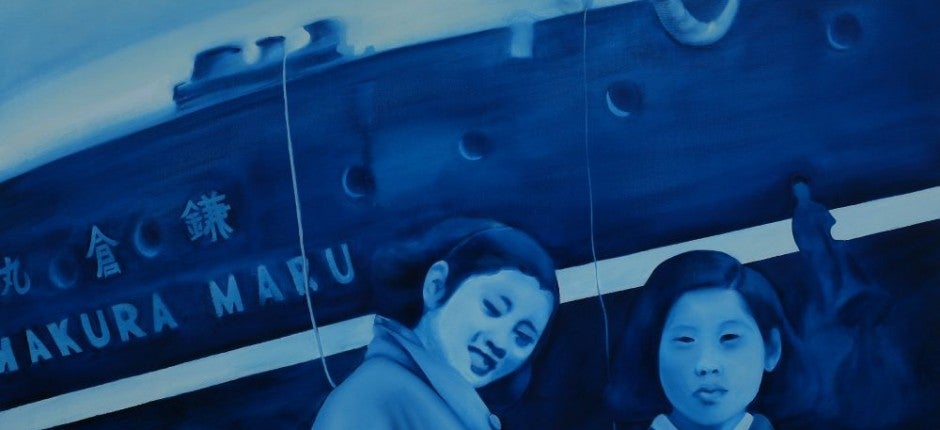Staking Claim: Settler Colonialism and Racialization in Hawai’iPosted in Books, History, Literary/Artistic Criticism, Media Archive, Monographs, Oceania, United States on 2016-05-29 21:25Z by Steven |
Staking Claim: Settler Colonialism and Racialization in Hawai’i
University of Arizona Press
2016-05-28
232 pages
6.00 x 9.00
Cloth ISBN: 978-0-8165-0251-6
Judy Rohrer, Director of the Institute for Citizenship and Social Responsibility (ICSR); Assistant Professor in Diversity and Community Studies
University of Western Kentucky, Bowling Green, Kentucky
Exploring how racialization is employed to further colonialism
In the heart of the Pacific Ocean, Hawai’i exists at a global crosscurrent of indigeneity and race, homeland and diaspora, nation and globalization, sovereignty and imperialism. In order to better understand how settler colonialism works and thus move decolonization efforts forward, Staking Claim analyzes competing claims of identity, belonging, and political status in Hawai’i.
Author Judy Rohrer brings together an analysis of racial formation and colonization in the islands through a study of legal cases, contemporary public discourse (local media and literature), and Hawai’i scholarship. Her analysis exposes how racialization works to obscure—with the ultimate goal of eliminating—native Hawaiian indigeneity, homeland, nation, and sovereignty.
Staking Claim argues that the dual settler colonial processes of racializing native Hawaiians (erasing their indigeneity), and indigenizing non-Hawaiians, enable the staking of non-Hawaiian claims to Hawai’i. It encourages us to think beyond a settler-native binary by analyzing the ways racializations of Hawaiians and various non-Hawaiian settlers and arrivants bolster settler colonial claims, structures, and white supremacist ideologies.




